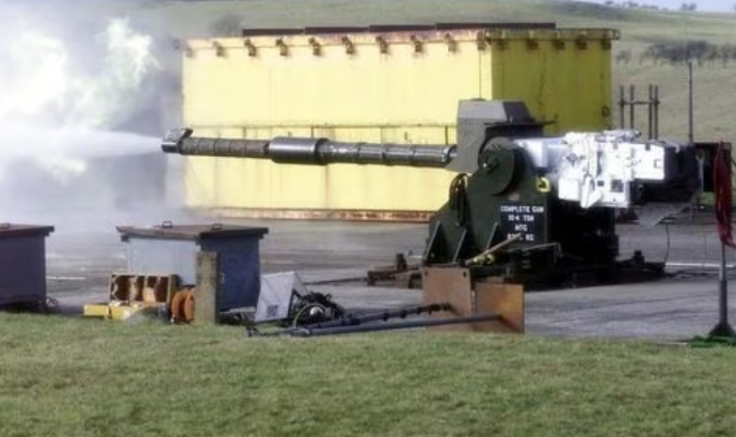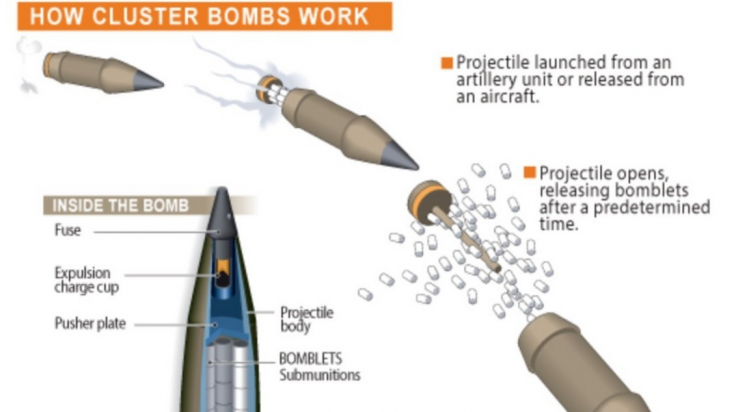The united States has decided to supply Ukraine with controversial weapons that contain depleted uranium even as Kyiv's counter-offensive against Russia failed to meet its stated goals. The armor-piercing munitions that Kyiv will receive soon can be launched from US-made Abram tanks and can target Russian tanks.
The development was reported by Reuters, which said it viewed a document that confirmed the news. The new military aid package for Ukraine to be unveiled by the White House will include the armor-piercing munitions. The total worth of the latest military aid package will be between $240 million and $375 million, the agency reported.

What are These Weapons and What are Health Risks?
Depleted uranium is a by-product of uranium enrichment. Depleted uranium is radioactive, although at a level lower than the natural uranium. Munitions containing depleted uranium give a higher level of penetration capacity to weapons. These weapons can easily penetrate even armor plating.
According to the International Coalition to Ban Uranium Weapons, the depleted uranium weapons pose serious health risks to the humans. The ingestion or inhaling of depleted uranium dust can cause ailments including cancers and birth defects.
However, the International Atomic Energy Agency, the UN nuclear watchdog, has said there is no evidence of radiological hazard from the use of depleted uranium weapons. The agency said studies in former Yugoslavia, Kuwait, Iraq and Lebanon did not prove the "existence of depleted uranium residues dispersed in the environment does not pose a radiological hazard to the population of the affected regions."
The US has used depleted uranium weapons in the Gulf Wars of 1990 and 2003 as well as in the NATO strikes on Yugoslavia in 1999.

US Sends Cluster Bombs
In July, the US said it would send cluster bombs to Ukraine as part of its $800 million military aid package to Kyiv. The US decision ran counter to broad international consensus on the use of this deadly munition, which can cause severe civilian casualties. According to the Pentagon, the version of cluster munition that will be sent to Ukraine is the one with 155 mm shells fired from American howitzer artillery.
Cluster ammunition is an explosive weapon, which, once launched, releases or ejects smaller submunitions. It can be airdropped or ground-launched. Cluster bomb, more commonly, ejects bomblets on being launched, that are designed to kill personnel and destroy vehicles.
Since cluster bombs release multiple smaller bomblets over a wide area where they're dropped, they pose grave risks to civilians during the attack as well as in the aftermath of it. The unexploded bomblets can kill or injure people long after the fight has ended and are hard as well as costly to find and remove. Cluster bombs are attached to rockets, bombs, missiles and artillery shells. and they break apart midair, spraying around the munitions across large areas.









